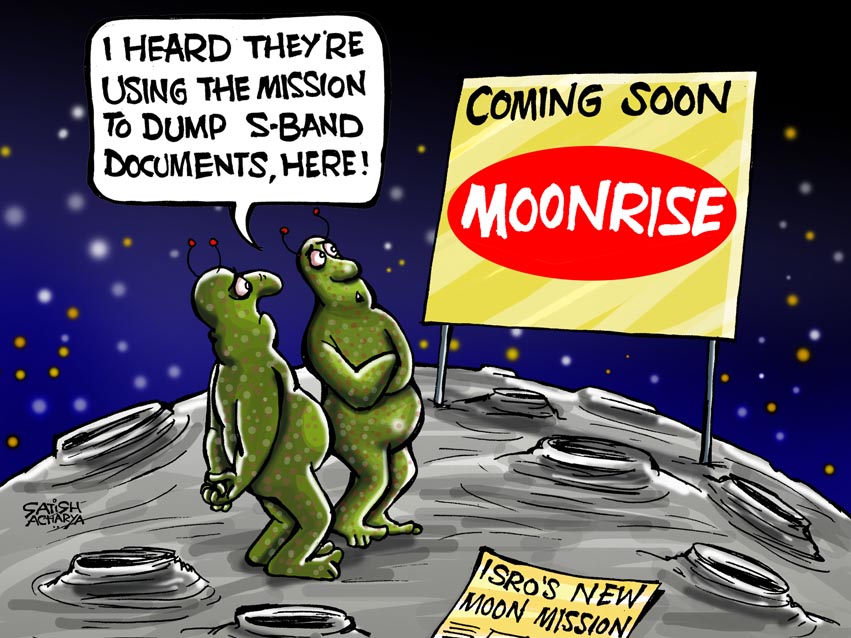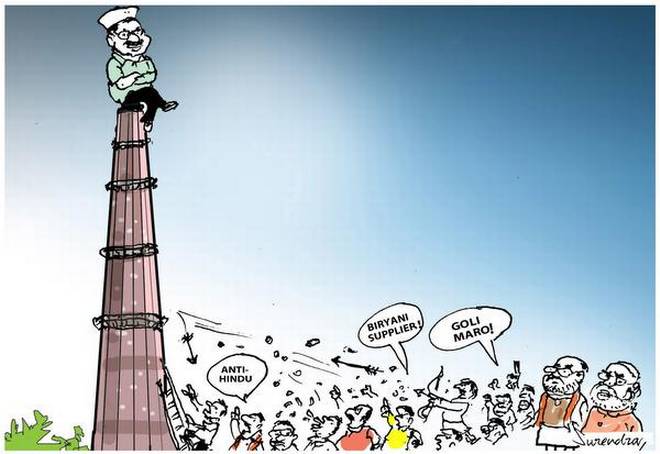
It takes sweat and toil of many generations, truckloads of spirit and perseverance to establish a space research program for any country. USA’s science agency NASA has invested billions of dollars in space research program which started way back in 1900. Total budget of NASA for fiscal year 2019 is USD 21.5 Billion dollars vis-à-vis ISRO’s shoe string budget of only USD 1.425 Billion. China, Germany and Japan have much higher budgets compared to Indian space organization but the lack of budget is more than made up by increased focus and intent.
There is a gross mismatch if we look merely at the budgetary figures and ISRO has a lot of catching up to do. There is lot of distance to be covered before we can all our selves a space power house but we have taken some giant steps, like putting our satellites in Geo synchronous orbit, our Chandrayan one Mission and most importantly Mission Mars which made us land on Mars. Entire world took notice of our prowess but one country which was really taken aback by all this success is Pakistan.
Even though Pakistan has not achieved anything of significance in space science or for that matter in any other industry but failure of this mission brought smiles to certain section of Imran Khan’s Government and military establishment.
Science and technology minister of Pakistan tried to take on India in a series of insulting tweets when Vikram Lander lost contact with the ground and contact could not be established despite the best of efforts. First of all, is there anything which resembles science and technology in a country bedeviled with Madarsa education and Quaranic verses which are the only source of education. Modern education is still an alien concept to many Pakistanis thanks to Minister like their Science and technology minister whose only credible achievement is coming up with a calendar which gives the date on when to celebrate Eid as Eid was also celebrated on two three days across Pakistan as the status of moon was not known, probably therein lies the genesis of all such tweets. Irony is science and technology minster doesn’t know how to spell satellite let alone send one but he has been taught a lesson by Pakistani people and his comments did not resonate with the Pakistani public at large.
Even though we lost contact with Vikram Lander but the orbiter is still very much in place and is orbiting around the moon and collecting the required data. Not all is lost on Vikram Lander front as well. It hard landed on the surface of the moon and is intact so effectively India did manage to land on moon but hardly (pun intended). We wanted to land softly and perhaps this is where we failed in our mission.
But still I feel our scientists, our engineers, our technicians, contractors all those people working with ISRO need to be commended for their efforts for envisaging a mission of such magnitude and complexity. We have realized a dream and mission moon is no longer a pipe dream which it once was. It was made possible by the sheer perseverance, dedication and hard work of our ever increasing science enthusiasts. There was another conspicuous matter which got our attention it was the sheer number of women scientists who were handling the mission. All the women scientists draped in beautiful sarees controlling the massive rockets was a spectacle to behold. This was a lesson for the world community as well that Indian women have come off age and are ready to go to moon literally.
Gaganyaan is set to be launched in 2022 which again is a massive mission of putting Indian astronauts in space and there are many other missions lined up as well. We might have started late but our ways are different and our hearts filled with pride.
ISRO is working towards an orbital crewed spacecraft that can operate for seven days in a low Earth orbit. The spacecraft, called Gaganyaan (गगनयान), will be the basis of the Indian Human Spaceflight Programme. The spacecraft is being developed to carry up to three people, and a planned upgraded version will be equipped with a rendezvous and docking capability. In its maiden crewed mission, ISRO’s largely autonomous 3-ton spacecraft will orbit the Earth at 400 km in altitude for up to seven days with a two-person crew on board.
India plans to build a space station as a follow-up programme of the Gaganyaan mission India will not join the International Space Station program and will instead build a 20 tonne space station on its own
We probably might see women astronauts in that mission as well. As for our neighbors they can rest easy and take pride in their Chinese made rockets
Author : Siddhartha Dua
Image Credits : GoogleImages

No comments? How are you people finding this one.
Nice post
Interesting 😊
Thanks